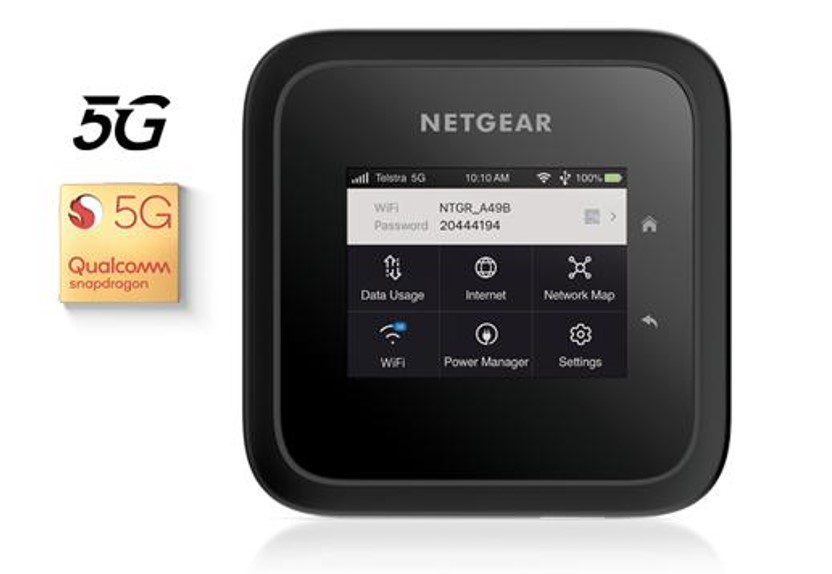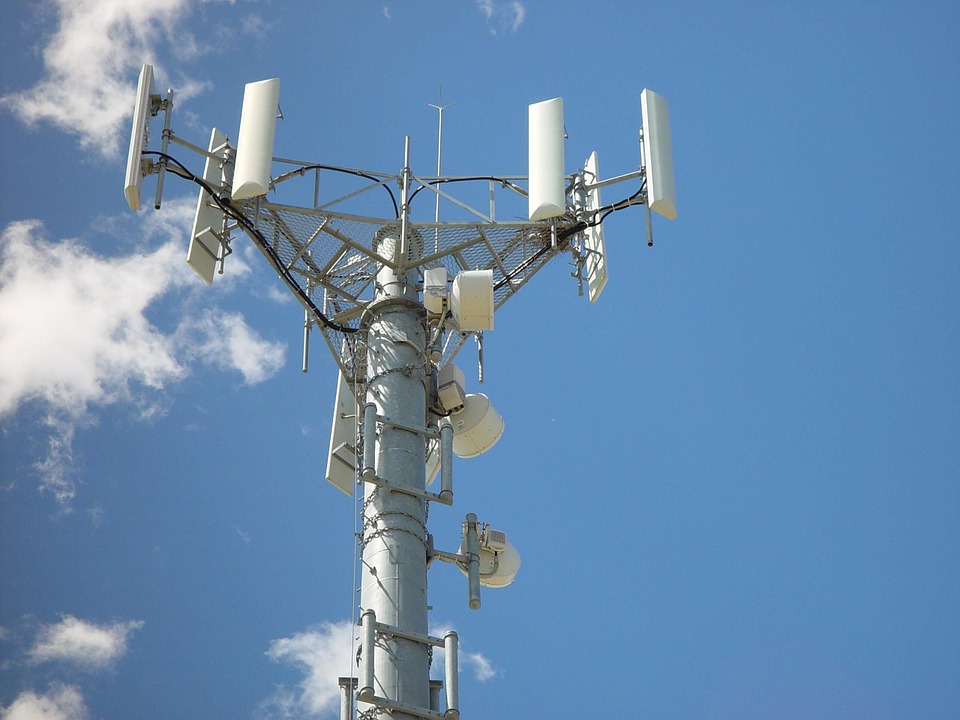Having fast and reliable internet is a utility we all now expect in Australia, just as we expect water to come out of a tap. In 2009 Australia’s National Broadband Network (NBN) was announced to provide better internet speeds for all Australians. Ten plus years on, the debate continues around delivery technologies and competition. This guide will look at how mobile broadband competes with the NBN and how you can improve your mobile broadband whether you live in a big city in a poor coverage area or use mobile data on the road.
NBN vs 5G mobile broadband
NBN versus 5G mobile data is about price, competition, speed and reliability. An internet provider such as Telstra can sell you a fixed line or wireless NBN solution or offer a service of their own. There are rules around this, but for simplicity, let’s compare an NBN fixed line connection versus a Telstra 5G home broadband solution. Equally, we could substitute Telstra for Optus, Vodafone or any of their service providers.
If Telstra sells you an NBN service, a portion of the monthly subscription goes back to the NBN. If Telstra sells you 5G home internet, then Telstra keeps all the money. So, which is better?
A 5G mobile broadband solution is cheaper and faster than an equivalent NBN fixed line solution. An NBN fixed line solution should be more reliable. Like your home network, an ethernet cable-connected computer will be more reliable than Wi-Fi. If too many devices try to use a wireless signal or something blocks or interferes with a wireless signal, this leads to reliability issues. However, wireless technology is going forward leaps and bounds, and there are ways for you to improve reliability.
How does mobile broadband work?
We expect mobile phones to work everywhere, but unfortunately, they don’t. If we are in a city elevator, which is a steel box, that will interfere with the phone reception. Mobile Broadband is data carried over the mobile phone network. In theory, you will have mobile broadband anywhere you have mobile phone coverage.

This diagram shows the basic principle behind mobile broadband. A mobile base station is connected to the internet. This cell tower then shares that internet via a wireless mobile data connection to a smartphone or mobile router. The speed and reliability of this solution are only as good as its weakest link (NBN also has weak links).
Factors affecting the speed and quality of mobile broadband:
- Internet speed to tower – A 5G tower in Sydney CBD may have 2Gbps, whilst a remote town in central Australia may only have access to 25Mbps.
- 4G or 5G tower – Assuming your device can receive 5G, and you are connected to a 5G tower, this will offer the fastest speed. A 4G tower is quite capable of speeds of 300Mbps or more.
- Reception to a tower – The further away you are, or if you have obstacles like trees, walls, windows etc., will affect the speed and quality of connection. Note the number of bars you have on your phone is a measure of signal quality. The bars are not a direct indicator of mobile data speeds, which will vary.
- Interference- Wireless signals from other cellular devices, microwave ovens, hair dryers, storms and even radiation from the sun can cause interference, reducing speeds.
- Sharing of bandwidth – If the tower you are connected to has lots of other people connected either on a call or using data, you have to share the available resources
- Plan – The monthly plan you are subscribed to may include limitations around connection technologies or speed limitations. Mobile plans normally have download limits vs unlimited.
- 5G/4G Modem technology – Various technologies are employed in a modem to determine its maximum speed (see below). All smartphones have a built-in modem. If you subscribe to a 5G or 4G Home internet package, the service provider will provide you with a modem. You may also buy dedicated modems, sometimes called hotspots.
- Wi-Fi quality- If your PC, tablet, TV etc., is hot spotting from your phone or modem, its speed will be affected by the quality of the Wi-Fi connection.

The outtake of this is you could have the best modem available but still get slow speed.
How to improve 5G mobile broadband
How much speed do you need should be your first question? A download speed of 25Mbps will meet the needs of the average individual 50Mbps for a family. (Netflix or a video call needs 5-15Mbps). Most NBN users have 50MBps, but both NBN and 5G are capable of more than 1000Mbps in the right conditions.
As we saw above, several factors will affect the speed and quality of your data connection. Most of these are out of your control, but there are two things you can do to improve your quality of service. The type of phone or router/hotspot you use and the addition of a high gain antenna.
Which mobile broadband router is best?
This is going to get a bit technical. The simple answer is a 5G modem will give you the best speed.
A cellular network can increase the speed of a mobile data connection by combining channels and having more antennas. This is done using the following technologies:
SISO vs MIMO
Only one antenna is used to transmit and receive in a Single Input Single Output (SISO) system. Multiple antennas are used in the Multiple Input Multiple Output (MIMO) case. MIMO is faster. MIMO combines the signal from two antennas to provide substantially increased data speeds. Furthermore, modems will be rated as 2×2 or 4×4, meaning they have 2 or 4 antennas. Four is better than two. Note that these antennas are normally internal. Attach an external antenna to a 4×4, and you will downgrade to 2×2. You still increase your speed due to signal gain depending on your distance from the tower. (I did say this would be technical) GadgetGuy tested a D-Link 2×2, and we are currently testing a Netgear M6pro 4×4.
CATxx
As our demand for data speed increases, mobile phone technology must also increase to meet this need. The Dlink mentioned above is CAT4with a maximum download speed of 150Mbps, and the Netgear is Cat20, capable of 2000Mbps. See the table below for different supported speeds.

This technology works by combining available slots between the tower and the modem. If the tower is congested, you will not see this speed benefit as the slots are being used by others.
High Gain antennas to improve mobile broadband
Ian Ferrett of RFI” Good reception is about antenna height and line of sight”. Ian also corrects one of our previous articles on connecting to the internet anywhere. He indicated that a mobile base station can communicate with a phone or modem further than 35km and provide a substantially greater range, especially if using a directional antenna.

External antennas improve coverage, whether you’re close to a tower, have poor mobile coverage, or are driving down the highway. Indeed in recent testing with the D-Link G415 router in a Sydney Suburb with a base station less than 1km away. We saw significant speed improvement using a high gain external antennas.
An external antenna can be run outside a house or vehicle and elevated to maximise the communication back to the tower. Check to see if your model will support external antennas. Both models mentioned in this article support a 2×2 antenna solution (they have 2 antenna sockets).
An antenna will have a dB rating which indicates the level of gain an antenna can provide. The higher the dB, the further the antenna will reach.
There are two types of antennas. A Directional antenna must be pointed directly at the mobile tower, and an Omni direction can point in any direction. A Directional antenna will deal with less interference caused by multiple phone towers.
Three common antenna solutions are:
- RFI high gain directional 5G 11dBi gain antenna $295
- RFI Omni directional 5G 3dBi gain antenna $149
- Bull bar mounting stick 5G dBi gain antennas (you would require 2) 2 x $209 = $420

Note that if you use a Cel-Fi signal repeater to help boost mobile signals, they are currently only capable of a 4G SIMO transmission. This means they will help improve coverage but not lightning-fast speeds. A Cel-Fi can be used instead of attaching an external antenna. We will look at this further in a future article.

In researching this guide, RFI technology solutions have provided products and expertise. RFI has been an Australian-owned manufacturer specialising in wireless coverage and solar power for the last 40 years.
Should I buy 5G mobile broadband?
Each of the carriers continues to expand its 5G coverage. A 5G modem is backwards compatible with 4G for those areas not yet covered. If you have no mobile coverage, see our GadgetGuy guide on caravan internet. A 5G home broadband plan will be cheaper than the NBN equivalent. Be careful when locking yourself into a contract, as it may not perform better in your location. Try to find what others are doing in your vicinity.
Remember, more speed is great but do you really need it? 50Mbps will be fine for most, which is more than enough for Netflix or Kayo.
A mobile broadband router is portable and can be moved easily between locations. Some even fit in your pocket. Don’t forget your smartphone is also a hotspot.
Those in remote areas, travelling the highways or even in the city can improve their reception, leading to more reliable coverage and faster internet speeds with an external antenna. Smartphones supporting Wi-Fi calling can also use the Wi-Fi output from a mobile router to receive and make mobile calls.
The principles discussed in this guide will help a Home mobile broadband user in the city improve speeds through to a regional user with very poor coverage.
